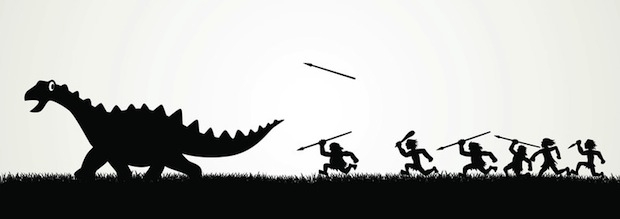If you follow fitness and health news at all you may have come across The Paleo Diet. Paleo is the favored way of eating for many Crossfit enthusiasts and it seems to make a lot of sense.
The Paleo Diet, sometimes called the caveman diet or hunter-gatherer diet, is a new way of eating in a VERY old way. Allow me to explain…
So before agriculture/farming, the human race lived on a diet consisting of food that could be hunted and/or found in nature: wild plants, fruit, nuts and meat. This period of time lasted for about 2.5 million years and is called the Paleolithic Era.
Agriculture/farming and technology caused a major shift in our eating habits.
70% of the average Americans diet is made up of grains and processed foods.
With this change the average human went from being tall, muscular, agile, and athletic to overweight, out of shape, stressed, unhappy, and sleep deprived. THIS is what the Paleo revolution seeks to resolve. Paleo experts believe the human body is not meant to consume grains, dairy and all the chemicals we are eating on a daily basis. Think about it. If you’re allergic to something for instance, your body tries to get that allergen out of your system with swelling, rashes, respiratory problems, etc. If you continue to expose yourself to that allergen your symptoms can turn into something much worse. It is possible that the current epidemic of obesity, cardiovascular disease, high blood pressure, type 2 diabetes, osteoporosis, cancer and Alzheimer’s is our bodies retaliating from the constant exposure to the unwanted substances that we keep ingesting.
But can eating like caveman really help?
Well, several studies have been done on modern-day hunter-gather groups like that of the population of Kitava. (one of the Trobriand Islands of Papua New Guinea) These societies were found to still have diets very close to what we believe our pre-agriculture ancestors ate, and these groups apparently do not suffer from stroke, heart disease, diabetes or obesity.
The Paleo Diet
Paleolithic eating is a way of living, and not just a diet that you follow to lose a few pounds. The “contemporary” Paleolithic diet tries it’s best to emulate the eating habits of our ancestors with what we have available to us, including:
Meat – GRASS-FED, not grain-fed
Water – The drink of choice. Tea is okay.
Fish – wild fish, not farmed fish.
Eggs – look for Omega-3 enriched eggs
Vegetables – Organic is preferred. Eat as many as you want!
Oils – olive oil, coconut oil, avocado oil – think natural Fruits – because it contains natural sugar, limit yourself if you’re trying to lose weight.
Nuts & Seeds –keep portions small because they are high in calories
Tubers – sweet potatoes, yams The diet excludes grains, legumes, dairy products, salt, refined sugar, processed oils, and alcohol. Now, you may be thinking: “Oh boy, that’s strict. There’s no way I can stick to that.” It’s actually LESS strict than a lot of other diets.What’s great about The Paleo Diet is that unlike other diets where you have to stick to an eating schedule, portion control, or count calories you eat what you want (as long as it’s Paleo approved) and only when you’re hungry. Our Paleolithic ancestors would sometimes go all day long or even days on end without finding a morsel of food. Therefore, it’s okay to skip a meal as long as you don’t go bananas and stuff your face with junk. Our metabolisms won’t go berserk. Our bodies are designed to use our excess fat stores as energy in these situations. This is how we lose weight people!
Keep it simple: try to get a protein source with each meal, along with some vegetables or fruit. If you’re having trouble getting enough energy add some healthy fats: avocado, a handful of walnuts, almond butter, olive oil, and so on. If you are interested in a more regulated way, try following The Zone Diet’s guide for portioning. Robb Wolf, one of the leading experts in Paleo says:
“At least initially. I like to see people go after Paleo strictly in the beginning so we get the best possible results, then folks can tinker from there.”
Stick to it as strictly as possible in the beginning (try 30 days) to re-train your body to eat clean. For the first couple weeks you may have withdrawal cravings for all the foods you are no longer eating but STICK WITH THE PLAN!
After 2-3 weeks you’re body will start to adjust to your new diet and you will see greatly improved energy and daily performance. Once you got your metabolism revved up and your body back on track (to re-learning to survive on Paleo) you can pull back a bit and perhaps not eat ALL organic or have a bit of dairy.
The only real problem with Paleo is that eating grass-fed meat and all organic can get a bit expensive. If you realize that there are certain foods that you just can’t seem to live without or you can’t afford to buy grass-fed meat or organic produce at the moment, don’t let that stop you from giving it a whirl. Even making a few small changes like drinking water only and switching your rice for vegetables is at least a start in the right direction. According to Dr. OZ, foods that you should absolutely go organic on are potatoes, peppers, celery, and leafy greens. Perhaps just start with that and work your way up.
Different Paleo Experts have slightly different takes on the diet. To find the way that works best for you check out Dr. Dan Pardi’s brief overview of the 5 different paleo diet approaches.
Got Questions? Come back for the continuation: Paleo Q&A – Answers to the Most Common Questions.
Resources: Nerdfitness.com, Wikipedia, robbwolf.com





 Payments powered by:
Payments powered by:

